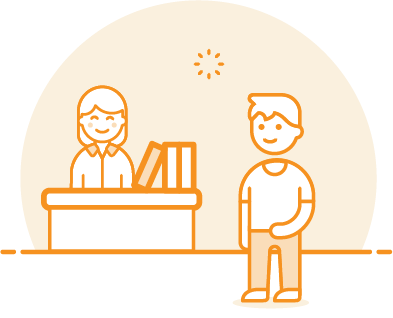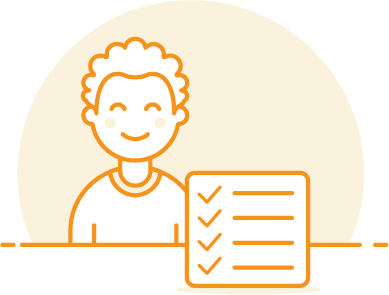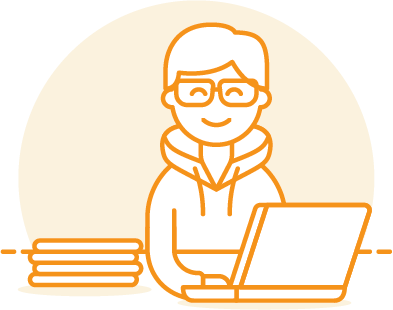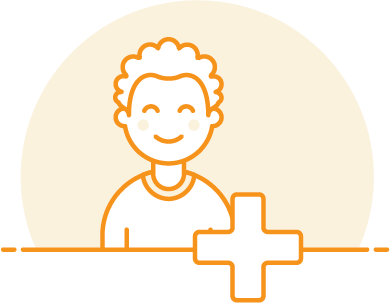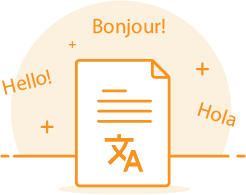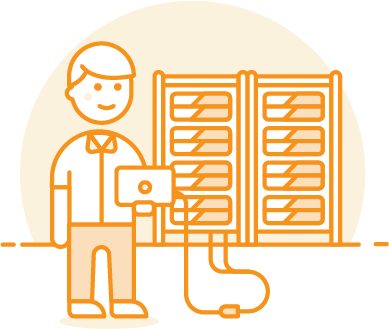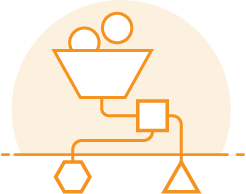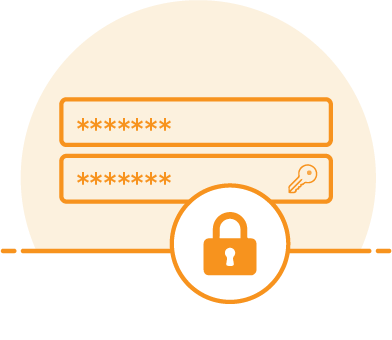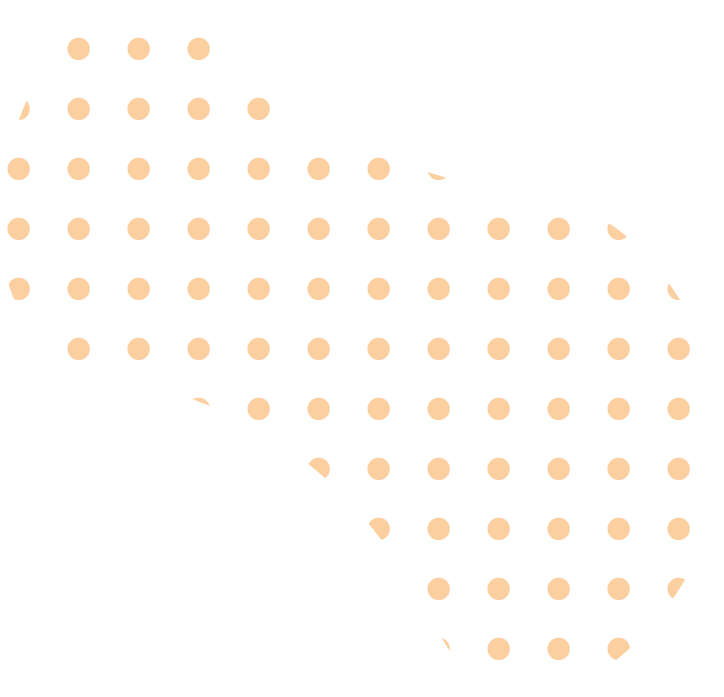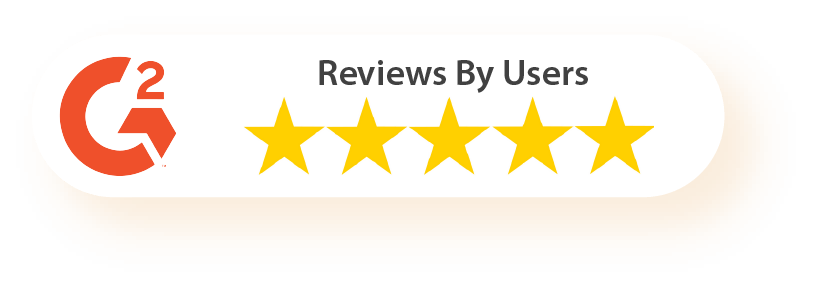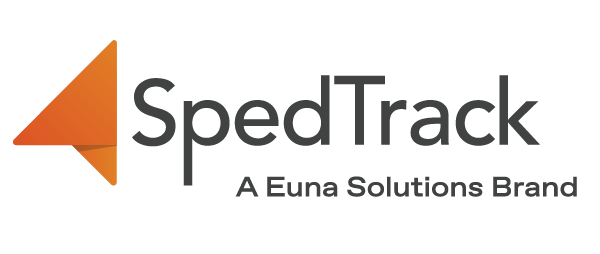Least restrictive environment (LRE) is an important concept in education that refers to providing students with disabilities the opportunity to learn and be educated with their similar-age peers to the maximum extent possible. The goal of LRE is to ensure that all students have access to the same educational opportunities, while also ensuring that they receive any necessary accommodations or modifications to help them be successful.
The Individuals with Disabilities Education Act (IDEA)
The least restrictive environment (LRE) concept first emerged in the Individuals with Disabilities Education Act (IDEA) of 1975.
The Individuals with Disabilities Education Act (IDEA) of 1975 is a federal special education law that guarantees all students with disabilities the right to a free appropriate public education in the Least Restrictive Environment (LRE) appropriate for their needs. This law also ensures that students with disabilities receive the individualized services and supports they need to be successful in the LRE.
IDEA requires that school districts provide special education services to students with disabilities in the least restrictive environment possible. This means that all reasonable efforts must be made to ensure that students with disabilities are placed in a regular education classroom to receive their special education services. Although each school district should have a special education classroom, the regular class placement helps the student with a disability be educated alongside their peers with the general education curriculum. The amount of time the child spends in their regular education class varies based on several vital components of the child’s needs.
Why is Least Restrictive Environment Required for Educational Placement
It is important to implement least restrictive environment (LRE) in classrooms because it allows students with disabilities to be included, respected, and supported while also helping them gain the skills and knowledge they need to succeed.
Additionally, LRE helps create an inclusive classroom culture where all students feel valued and accepted despite their differences. This in turn can lead to improved relationships, greater academic achievement, and better self-esteem for all students.
Although children with disabilities may require time in their special education class, it is vital that they are participating in the general education class to the maximum extent possible so that they are getting an appropriate education in the same classroom as their similar-aged peers.
What Placement Options Exist for Children with Disabilities?
Children with disabilities have varying degrees of need depending on their circumstances, and all public institutions should provide access to alternative placements for students.
These alternative placements could include a more specialized setting for students to receive small group instruction that is tailored to aid the child’s learning. Special education teachers can provide the specialized assistance that some students may need, such as focused speech therapy for a student that struggles with hearing.
Special education classrooms are centered around focused instruction which requires the removal of students from their regular classes they would attend with their peers. IDEA’s LRE was created to allow students to receive supplementary aids and services in their regular educational environment. This lets them experience their focused instruction to the extent needed while still receiving quality time in their regular education classroom.
The amount of time that a child spends in their special education class depends on their specific needs and the resources they require to ensure their goals are achieved satisfactorily.
A child’s educational arrangement outlined in their IEP should use his or her time appropriately, giving them the focused instruction they need in in their special education class, as well as giving them the general education classroom time that they need to interact with their peers and regular classroom teachers.
A good example of inclusion may be that a child attends electives with their general education class, allowing them to experience art, music, or any electives that the district may provide with the other students at their school.
LRE also requires that students with disabilities have equal access to school activities, including extracurricular activities before or after school. This gives them even more engagement with their peers beyond the general education classroom and helps them develop soft skills involving communication and interaction.
Accommodations and Modifications in the Classroom
In order to successfully implement least restrictive environment (LRE) in the classroom, teachers can use a variety of strategies. For example, they can provide accommodations and modifications to ensure that all students are able to access the curriculum in a meaningful way.
What are Accommodations?
Accommodations are changes or adjustments made to the way a student accesses information or demonstrates knowledge. Examples of accommodations include allowing extra time for assignments, providing assistive technology, and providing alternate assessment options.
What are Modifications?
Modifications are changes made to the curriculum or instruction that make it more accessible for students with disabilities. Examples of modifications could be allowing a student to type rather than write by hand, giving students access to eBooks with audio capabilities, or using visuals as a teaching tool.
How Do Accommodations and Modifications Create a Least Restrictive Environment?
Accommodations and modifications create LRE by allowing special education students to access the same material as their peers, while also providing them with the supports and modifications they need to be successful. This ensures that all students are included in the learning process, regardless of their abilities or disabilities. Additionally, LRE helps create an inclusive and supportive learning environment where all students can be successful.

5 Tips for Creating the Least Restrictive Environment in Your Classroom
Teachers can create LRE in the classroom and foster an inclusive learning environment for all students by following these tips:
Tip #1: Use Positive Behavior Supports
Positive behavior supports are often used to help implement least restrictive environment (LRE) in the classroom. These supports involve using positive reinforcement and teaching appropriate behavior, rather than relying on punishment. Positive behavior supports can help create an inclusive classroom environment by helping students with disabilities understand the expectations, providing them with a sense of belonging, and encouraging them to use appropriate social skills.
Tip #2: Provide Meaningful Student Engagement
Meaningful student engagement is another important strategy for implementing least restrictive environment in the classroom. This involves providing disabled students opportunities to actively participate in learning activities and experience a sense of success.
Teachers can create meaningful student engagement by providing students with interesting activities, breaking up tasks into manageable chunks, offering differentiated instruction to meet individual needs, and providing opportunities for students to work together with their peers.
Group work and cooperative learning is vital for special education students because it gives them the opportunity to collaborate with their general education peers. It also provides exposure for both the special education student and the general education students to show empathy, cooperation, and communication skills.
Tip #3: Use Relevant Instruction
Relevant instruction is also essential for LRE. This involves providing students with disabilities content that is relevant to their life experiences and interests. Teachers can do this by using real-life examples, incorporating students’ interests into the curriculum, and providing authentic learning experiences. Relevant instruction helps students build the skills and knowledge they need to be successful in an LRE.
Tip #4: Encourage Peer Support for Students with Disabilities
Providing peer support to students with disabilities is a key element of LRE. This involves having non-disabled peers support and encourage students with disabilities in the classroom. Peers can help by providing companionship, motivation, encouragement, modeling appropriate behavior, and helping students access curriculum.
Tip #5: Utilize Assistive Technology
Technology can also be used to create LRE in the classroom. Technology tools such as screen readers, speech-to-text, and text-to-speech can help students with disabilities access the curriculum.
Other tools such as graphic organizers and multimedia software can be used to create visuals and engage students with diverse learning styles. Technology can also be used to facilitate collaboration, communication, and assessment in the least restrictive environment.
Why is Least Restrictive Environment Important?
LRE is an effective way to create an inclusive classroom that meets the needs of students with disabilities. By following the tips outlined in this article, teachers can maintain LRE in their classroom, giving all students in the room the most beneficial and engaging education possible.
Through relevant instruction, positive behavior supports, peer support, and the use of technology, LRE can be successfully implemented in any classroom.
By creating LRE, all students will benefit from an enriching and inclusive learning environment, allowing students of all abilities to reach their fullest potential.
SpedTrack Can Help You Track Your Services
With SpedTrack’s Services Tracking Solution, you can collect and track IEP service data your way. There are multiple methods for recording services, including an active timer, day-to-day schedule feature, or manual logging. There are also student dashboards that give easy oversight into the services that are being provided.
This tool can help you remain in compliance and avoid missed service times, giving parents and students peace of mind in knowing that they are receiving an appropriate education.
Schedule a demo today to learn more about this new solution!

